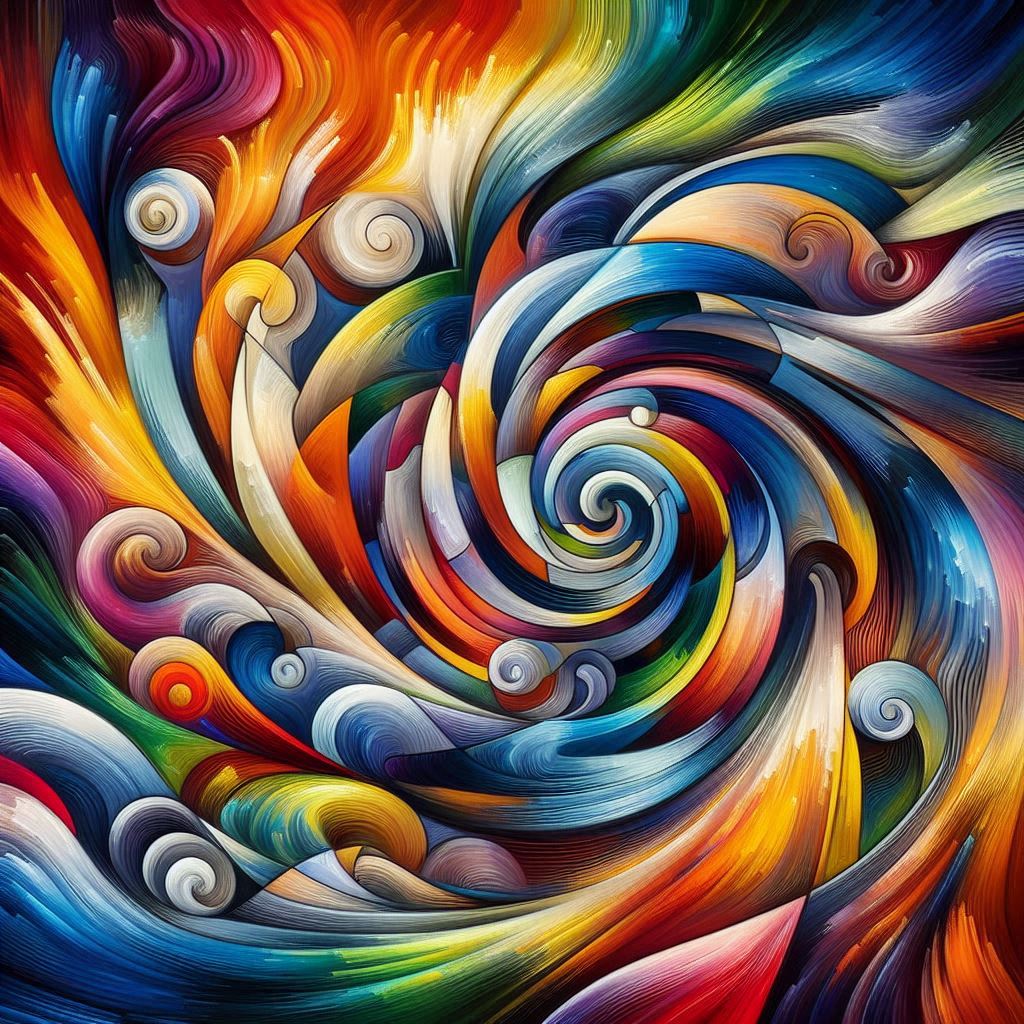Abstract Expressionists: Pioneers of Emotional Artistry
1. Introduction to Abstract Expressionism
Abstract Expressionism, a pivotal movement in 20th-century art, emerged in post-war America. Defined by spontaneity and emotional intensity, artists sought to express their innermost feelings through abstract forms and bold brushstrokes.
2. Key Figures and Styles
Prominent figures like Jackson Pollock, Willem de Kooning, and Mark Rothko spearheaded Abstract Expressionism. Pollock’s “drip painting” technique, de Kooning’s gestural strokes, and Rothko’s color field approach exemplified the diversity within the movement.
3. Legacy and Influence
Abstract Expressionism paved the way for subsequent art movements, including Pop art, Minimalism, and Neo-expressionism. Its influence on contemporary art remains profound, with artists continuing to explore the boundaries of emotion and abstraction.
4. Criticism and Recognition
Initially met with skepticism, Abstract Expressionism gained widespread recognition. Art critic Clement Greenberg played a crucial role in promoting the movement, curating exhibits that showcased the works of these artists.

